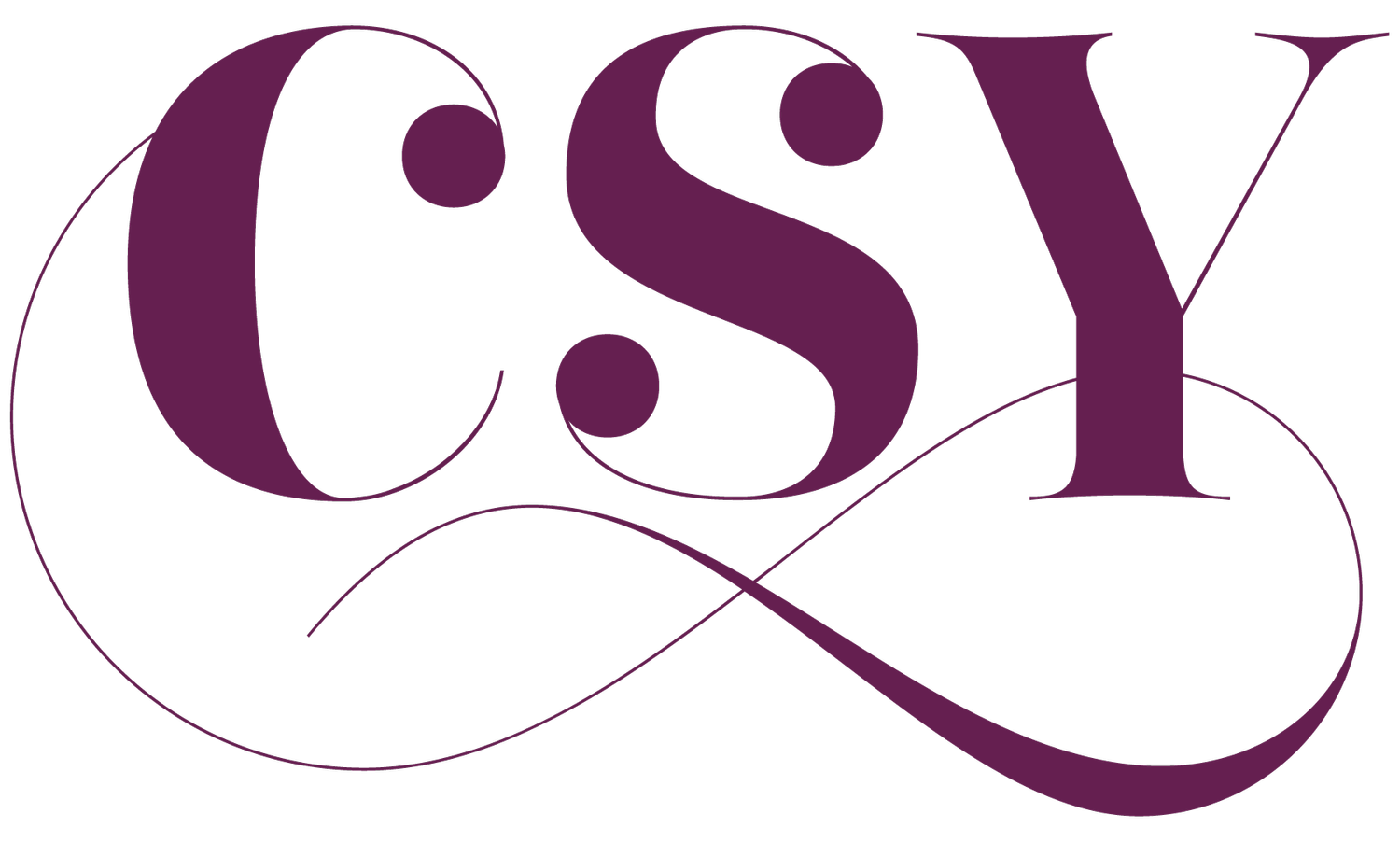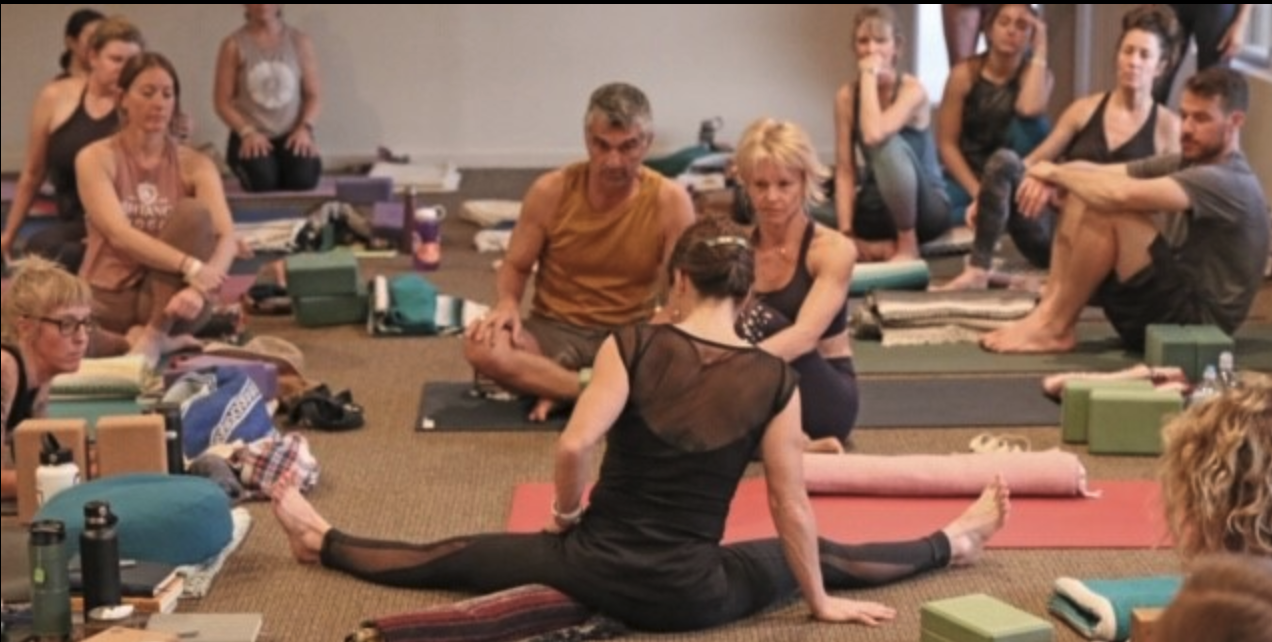Christina Sell's Magic Formula for Cues
I am pausing my normally introspective personal musings for a foray into teaching skills. Maybe its diving deep into the subject of teaching in the current 300-hour that has this on my mind, or that the topic of cues kept surfacing in my last weekend workshop that has me putting some thoughts down on virtual paper. Anyhoo— here is good old-fashioned teacher training tips for you or for the teachers you are training.
***
I am repeatedly asked "how would I cue" something in workshops and teacher training intensives. Without a full discourse (that might border on a small rant) on the topic, I do want to say that I do not think any verbal instruction-- no matter how accurate, precise, and well-intentioned-- is the same thing as "teaching" or is the same thing as "learning and understanding."
Cues are little locked messages and are generally insufficient without repetition, explanation, demonstration, self-awareness, and interest applied over time. And, every instruction needs to be balanced within the pose, the person who is practicing the posture, and with a bunch of other instructions. Like I said, cues are not the whole picture. And some instructions are about position, some are about action, some tell us what to do, while others describe how to do it, and so on. Verbal instructions are a big topic.
That being said, when asked how I would cue something, I can give a very basic answer because I pretty much cue everything in the same way. I call this technique “Christina Sell’s Magic Formula for Verbal Instructions.”
And I am now sharing it with you. Drum roll please…..
Pregnant pause…..
Here goes…
The Magic Formula is….. (More drums….)
verb + body part + in a direction/position
TA-DA!!!!! Yep, that’s it. Pretty much how I instruct everything. This is my secret. Now it is yours as well.
Have fun.
Oh, want some explanation? Okay, as usual, I can say more. I can almost always say more, right? Here’s more, with a few off-the-top-of-my-head examples.
This formula works for placement—
Step (verb) your feet (body part) wide. (position)
Line (verb) your feet (body part) up under your wrists. (position)
This formula will work for movement—
Reach (verb) your arms (body part) up. (direction)
Touch (verb) your hands (body part) to the ground. (position)
This formula works for action—
Draw (verb) your muscles (body part) to your bones. (direction)
Press (verb) your hands (body part) down. (direction)
From the basic formula, you can add breath instructions—
Inhale (breath), lift (verb) your ribcage (body part) up. (direction)
Exhale (breath), move (verb) your arm bones (body part) back. (direction)
Wanna get fancier? Add a heart quality—
Inhale (breath), lift (verb) your heart (body part) with courage. (heart quality)
Exhale, surrender (verb that holds the heart quality) the weight of your pelvis (body part) down. (direction)
Inhale (breath) , with enthusiasm (heart quality) draw (verb) your legs (body part) to the midline. (direction)
Wanna get even more involved? Add a linking cue—
Inhale (breath), keeping your legs strong (link), lift (verb) your chest (body part) up (direction) with faith (heart quality.) This type of linking cue connections one action to another within the pose. Very important for balanced action.
Exhale (breath), turn your front leg out, just like you did in baddha konasana (link) This kind of linking cue, links an action from one pose to the next pose teaching not just the physicality one pose to the next but reminding us that there is a continuity of spirit, or essence through various forms.
Want to guide or ground experience in sensation, add a sensation instruction—
Inhale (breath) draw your legs to the midline until you feel an inner lift in your ribcage. (Sensation)
Exhale, (breath) depress (verb that implies direction) your shoulder blades (body part) until you feel your middle back engage and your chest lift (sensation)
Push (verb) your hands (body part) down and forward (in a direction) until you feel your low belly engage. (sensation)
Sensation instructions can be very useful AND carry some inherent shortcomings. For instance, we have differing capacity for sensation in our body with some of us being very sensitive and others, not so much. One way to move from the not-so-much toward greater sensitivity is through guided assistance, but guiding other in this way is not without its drawbacks.
Additionally, instructing from sensation sometimes gives the message that asana is about sensation when asana is about awareness and sensation is one of the things of which we might be aware, but not the only thing to which we are tending. But that is another entry for another day. Just a word of caution and a comment that I teach a lot less from this strategy now than I did previously.
Need to shorten the instructions for efficiency or to say more with less? You can use incomplete sentences. I don’t suggest it as primary strategy, but this has its place, especially with experienced students.
Inhale, strong legs.
Exhale, push down.
Or even,
Low belly up.
Belly button back.
Tailbone in.
So, this is the how of “how would I cue that?” No matter what you are saying, put it into this formula and it will help you deliver your instructions in a clear and precise manner. Next blog entry, I will take a bit more about developing and refining the what of your instructions; the things you actually say. of course, I might be oto a different topic by next week!
Anyhoo— the IG challenge is going great and I am enjoying reading people’ reflections and exploring community in this way. And, also,,I am spending some more time on my captions in Instagram so some of my inner musings are there, not here.
More soon.
Keep the faith.


